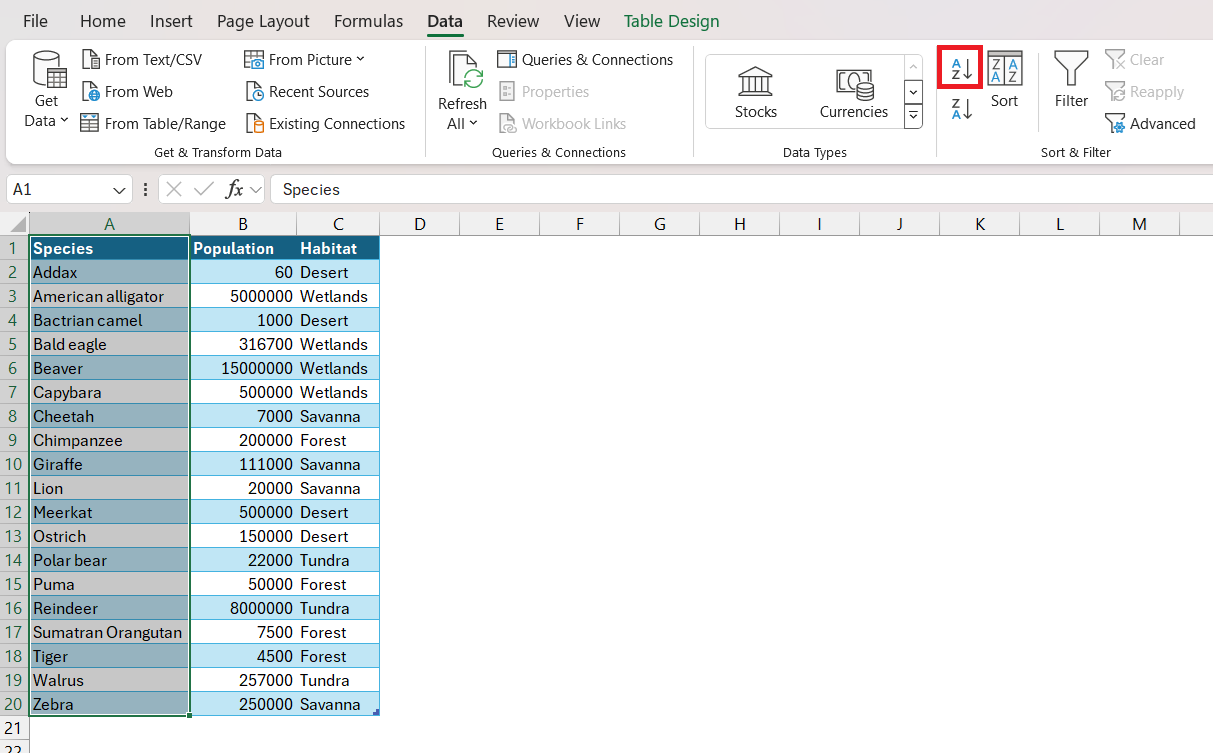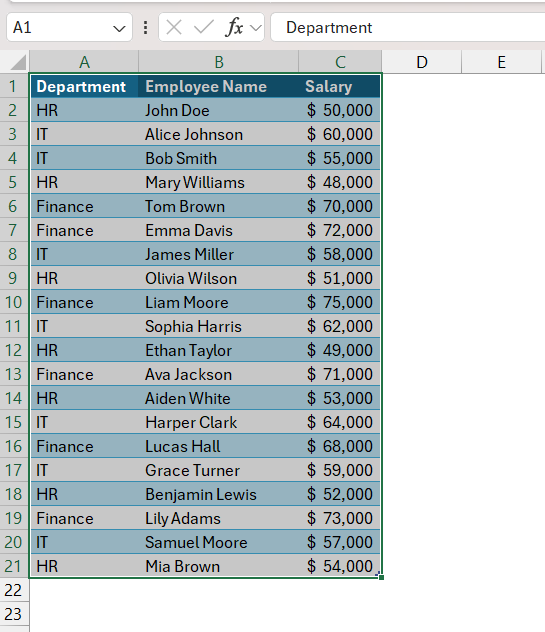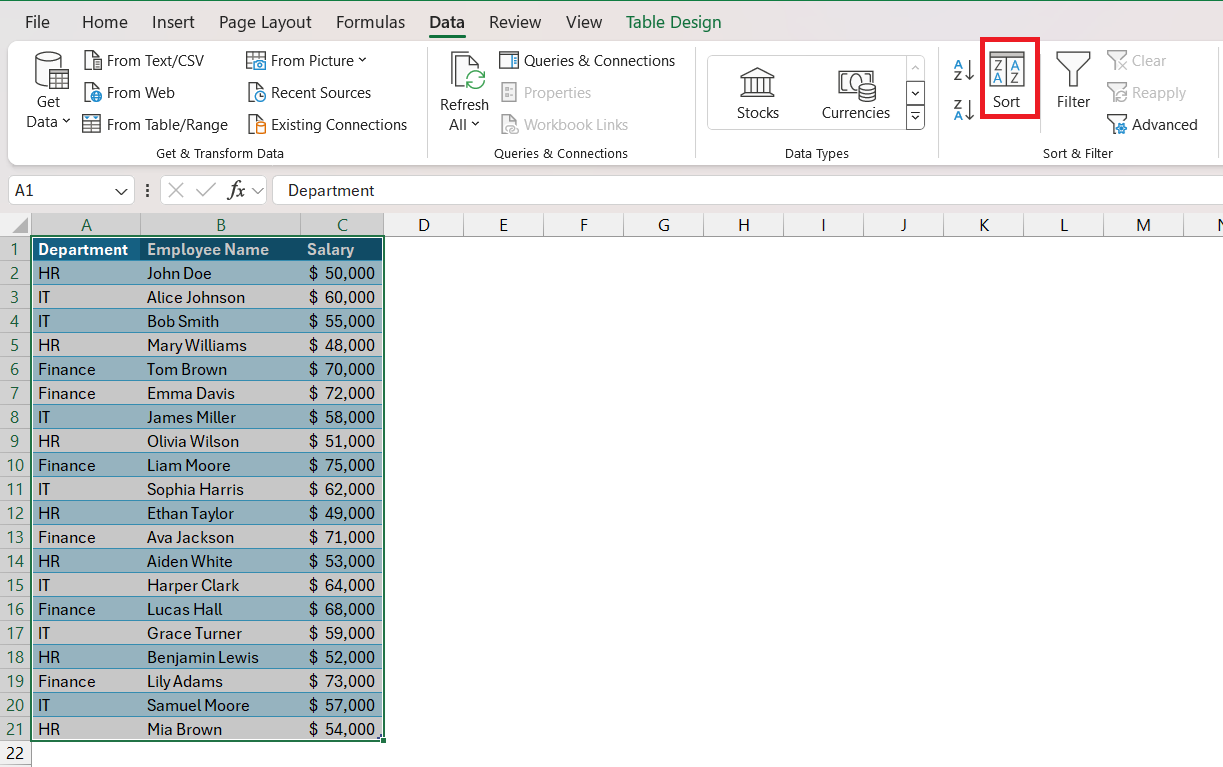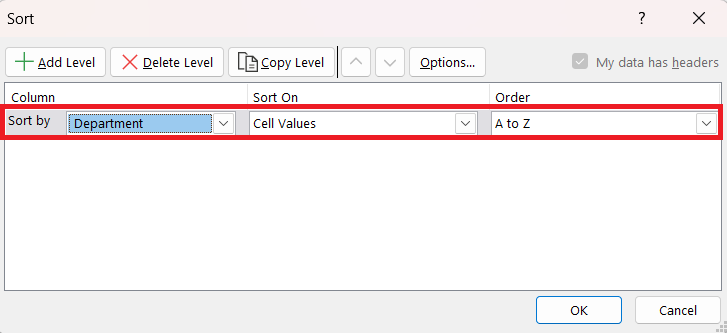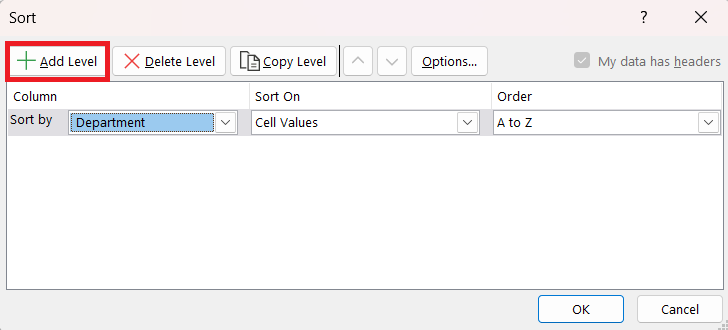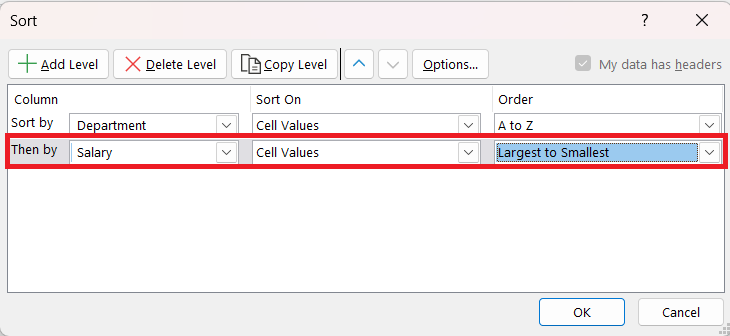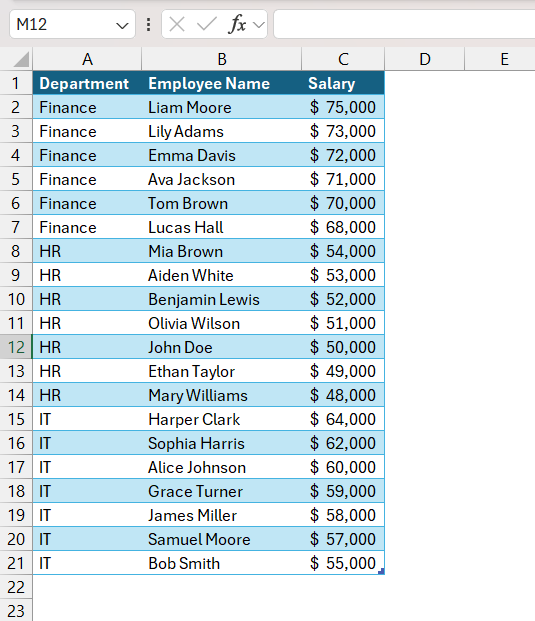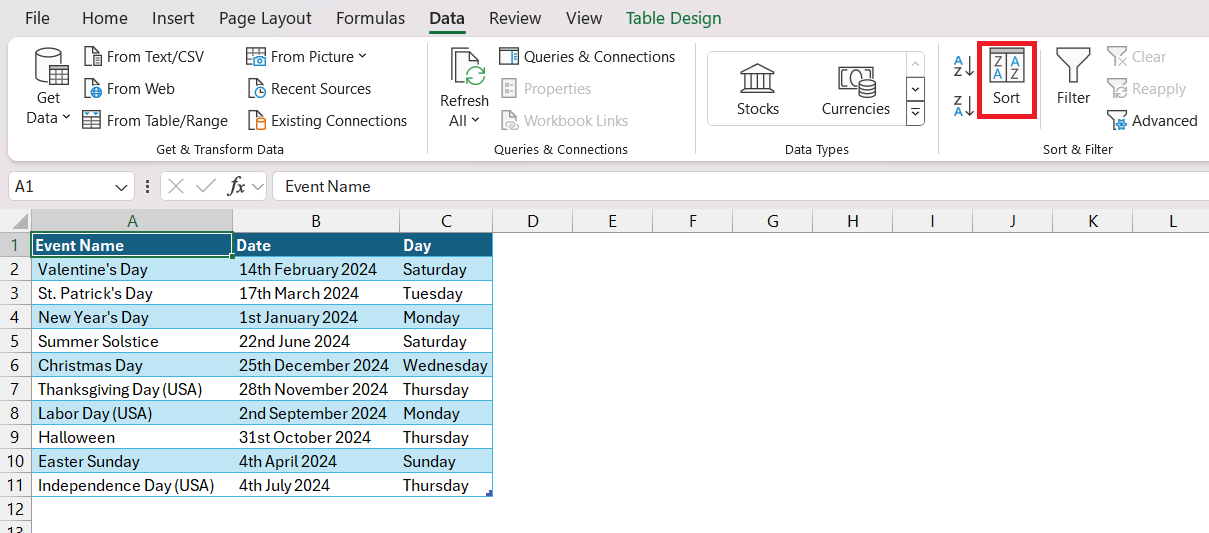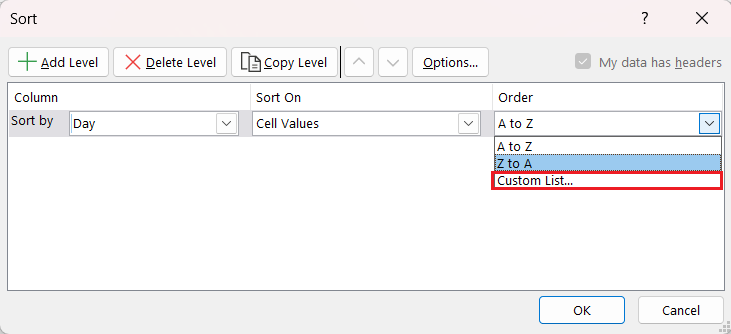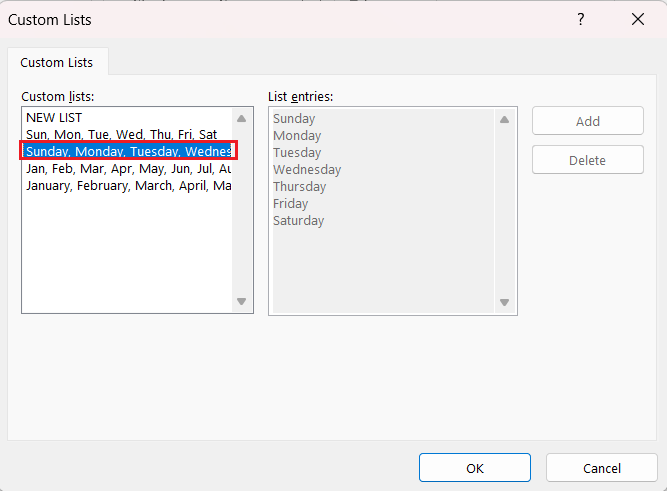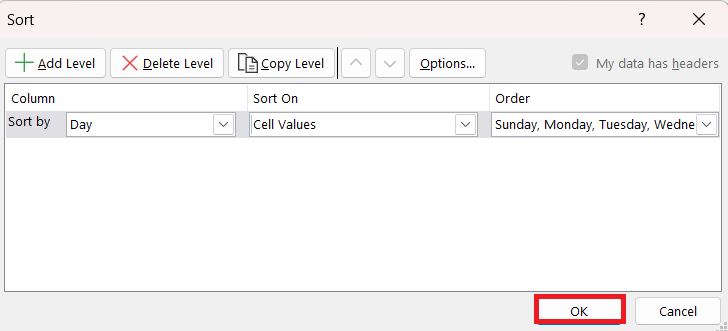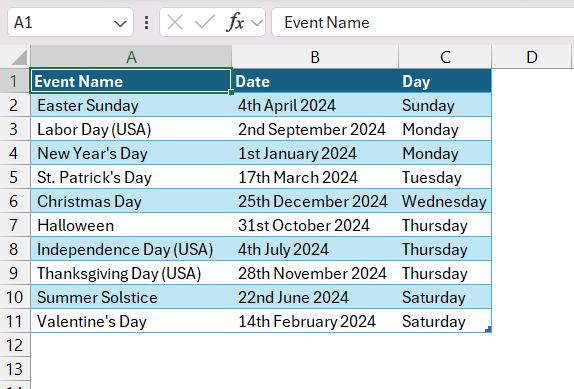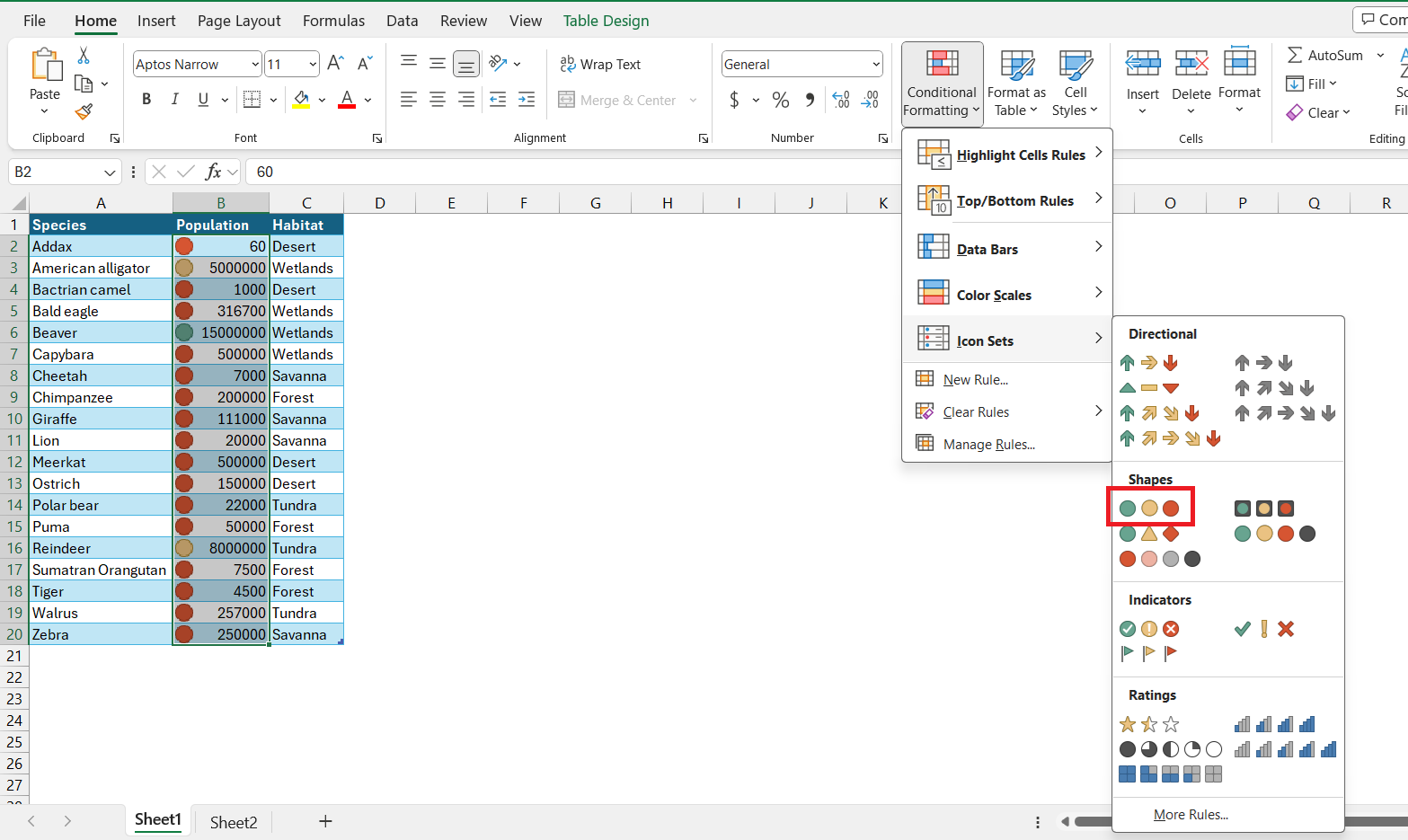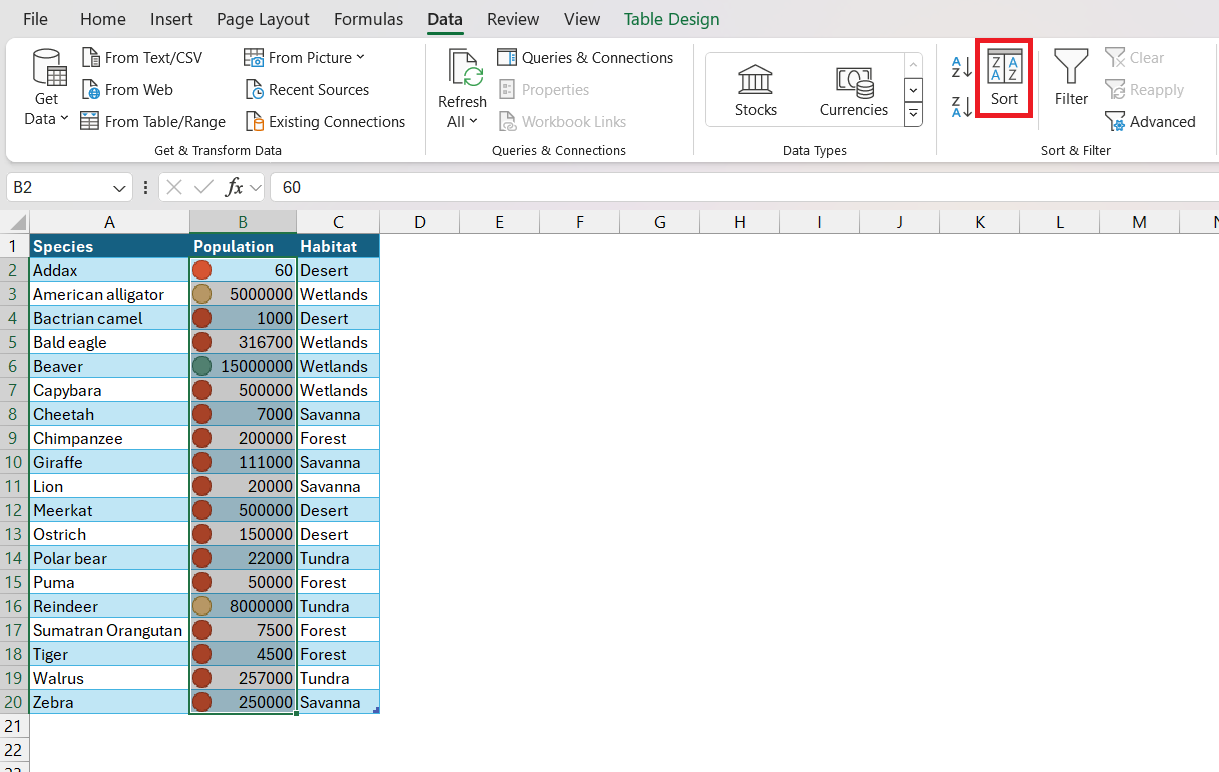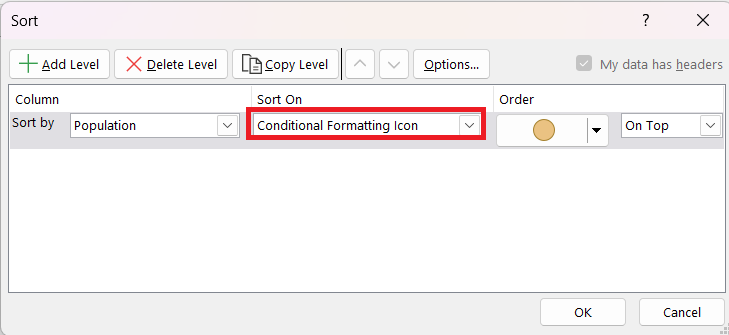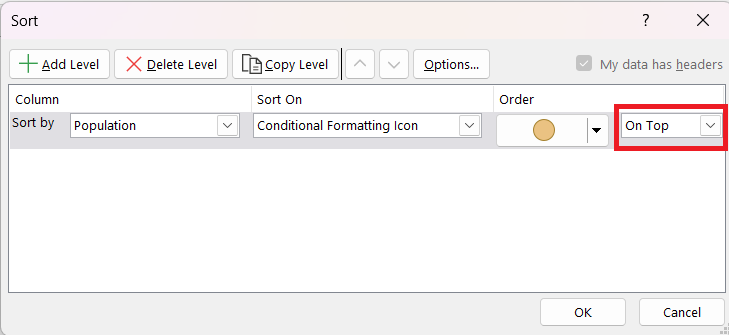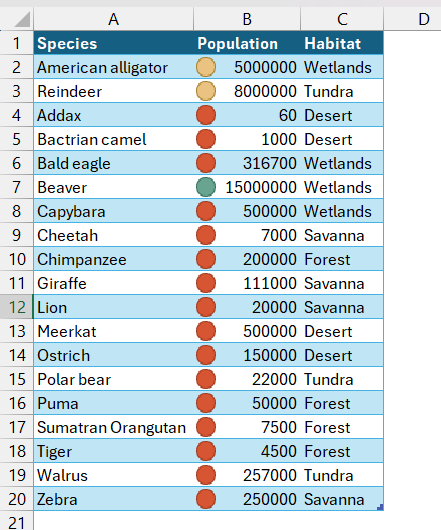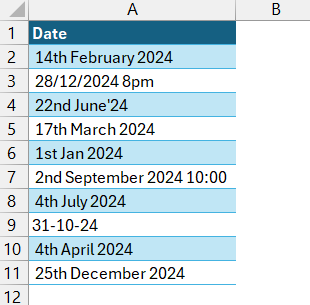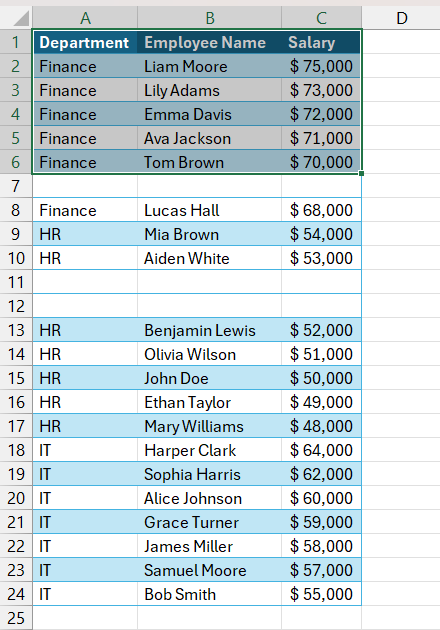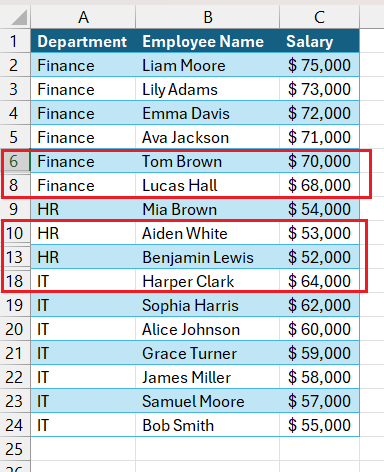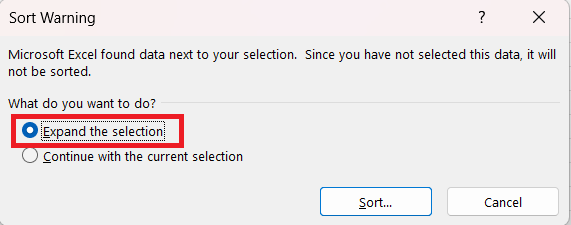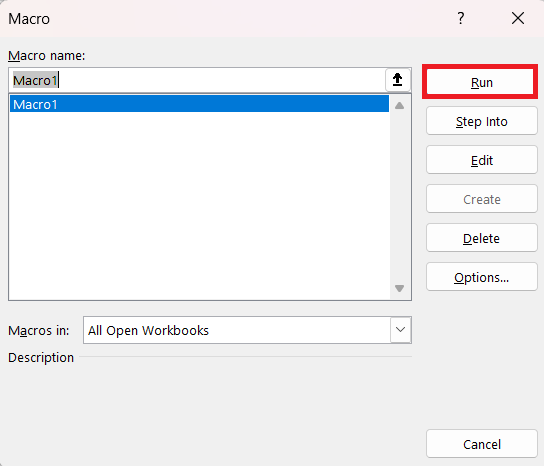

Key Takeaways
- Use the sorting feature by selecting a single cell within the column you wish to sort and utilizing the ‘Sort A to Z’ or ‘Sort Z to A’ options for ascending or descending order.
- Filter your data to concentrate on specific information by applying Excel’s ‘AutoFilter’ or by defining ranges to focus on particular subsets of data.
- Always start by creating a backup of your Excel data to prevent loss during sorting.
- Verify that your data is consistent and well-organized, checking for any discrepancies before sorting.
- Eliminate blank rows and columns to ensure accurate sorting and avoid disrupting the data sequence.
Table of Contents
Excel Sorting Essentials
Understanding the Basics of Sorting in Excel
Before diving into the complex aspects of sorting in Microsoft Excel, let’s get comfortable with the basic functionality. Sorting in Excel is a straightforward yet powerful tool that allows you to organize your data in a meaningful way. Whether it’s a list of names, dates, or numbers, sorting can help you find patterns and make your data easier to navigate.
Key Sort Functions and Their Uses
Microsoft Excel offers a range of sorting functions tailored to different types of data. The primary ones include:
- A to Z or Z to A: This sorts a text column alphabetically.
- Smallest to Largest or Largest to Smallest: Sorts a numerical column by value.
- Oldest to Newest or Newest to Oldest: Sorts dates and times chronologically.
Understanding these functions is paramount as they serve as the foundation for more advanced sorting operations.
Step-by-Step Sorting Methods
Sorting Single Columns for Quick Organization
Sorting a single column in Excel is the simplest way to quickly organize your data. You can achieve clarity in your datasets with just a few clicks, whether it’s a column of names, dates, or figures. Here’s how to do it:
STEP 1: Select the column you want to sort by clicking its header.
STEP 2: Choose either “Sort A to Z” (ascending order) or “Sort Z to A” (descending order).
This method ensures your entries are neatly ordered, making it easier for you to analyze trends or find specific information. Plus, it’s an ideal starting point for those new to Excel.
Tackling Multi-Column Sorting Challenges
When working with more complex datasets, sorting by a single column might not cut it. You may need to sort by multiple criteria to drill down into your data effectively. For instance, you may need to sort by both department and salary in a company salary database. Here’s how to tackle multi-column sorting.
STEP 1: Highlight the data range you want to sort, including all the columns involved.
STEP 2: Go to the Data tab and select the ‘Sort’ option to open the Sort dialog box.
STEP 3: Add a sort level for each column you want to sort. For example, first sort by department in ascending order.
STEP 4: Click on Add Level.
STEP 5: Select the 2nd sort level that you want to sort. For example, sort by salary in descending order i.e. largest to smallest.
STEP 6: Click OK to apply the sort.
The final result looks like this –
This approach can streamline your data analysis, giving you nuanced control over how you view and interpret your dataset.
Advanced Sorting Techniques
Custom Sorting Beyond A to Z
Sometimes, the standard alphabetical or numerical orders don’t suit the story your data is telling. That’s when custom sorting steps up. Imagine categorizing a set of events not by their names but by the days they fall on. Traditional A to Z sorting would list “Friday” before “Monday,” which is not useful in this context. Here’s how to create a custom sort:
STEP 1: Select your data and navigate to the ‘Sort’ option under the Data tab.
STEP 2: In the Sort dialog box, choose ‘Day’ under Sort by and ‘Custom List’ under Order to specify your personalized sorting criteria.
STEP 3: Enter or select the sequence you need, such as the order of days in a week or months in a year.
STEP 4: Execute the sort to order your data in the way that makes sense for your analysis or reporting needs.
The final result looks like this –
By custom sorting, you’re not just organizing data; you’re aligning it with the practical realities and unique requirements of your specific project.
Sorting Using Conditional Formatting Rules
Conditional formatting adds a visual dimension to sorting in Excel, helping you prioritize or highlight key information. Maybe you’ve got a sales spreadsheet, and you want to spotlight top performers or pinpoint areas needing improvement. You can sort by cell color, font color, or even icon sets that you’ve applied through conditional formatting. Here’s a quick guide to using these rules for sorting:
STEP 1: Apply conditional formatting to your dataset to visually differentiate cells based on your criteria (e.g., high sales with green icon, moderate with yellow icon, and low with red icon).
STEP 2: Select your range and head to the ‘Sort’ option under the tab – Data.
STEP 3: In the Sort dialog, specify that you want to sort by ‘Conditional Formatting Icon,’ depending on the conditional formatting you used.
STEP 4: Choose the order in which you want the icons to appear after sorting.
The final result looks like this –
By utilizing these sorting methods, you can not only bring data consistency but also efficiency in navigating through the important metrics in your dataset.
Troubleshooting
Why Your Data Isn’t Sorting Correctly
Encountering issues when sorting in Excel can be frustrating, but there’s usually a straightforward reason behind it. Here are some possible explanations for why your data isn’t aligning as expected:
- Inconsistent data formats: Ensure that all your data in a column follows the same format. For instance, dates should all be in date format, not a mix of date and text.
- Partial selection: If only a portion of your data is sorted, you might have selected only a part of your data range. Remember to highlight the entire set you want to sort.
- Hidden rows or columns: These can disrupt the sorting flow. Unhide any hidden data before sorting to ensure a complete and accurate sort.
Understanding these common stumbling blocks can help you troubleshoot why things might go awry with your sorting operations.
Fixing Shuffled Data After Sorting Operations
Realizing that your Excel data is scrambled after an attempted sort can be disheartening, but don’t worry—correction is typically just a few steps away. Here’s what you can do to fix shuffled data:
- Don’t panic and don’t make further changes. The ‘Undo’ function is your best friend here, allowing you to revert to the pre-sort state instantly.
- Use the ‘Undo’ button on the quick access toolbar or press
Ctrl + Zto reverse the sorting action.
- To prevent future issues, always ensure full datasets are selected before sorting and use ‘Sort Warning’ dialog options correctly, opting to ‘Expand the selection’ when prompted.
By following these steps, you can often restore your data to its intended state and carry on confidently with your Excel tasks.
Streamlining Your Workflow with Excel Shortcuts
Keyboard Shortcuts for Faster Data Sorting
Embracing keyboard shortcuts is a game-changer for speed and efficiency when working with Excel. Memorize the following shortcuts to ascend the ranks of Excel proficiency when it comes to sorting:
- ALT+ A + SA: Sort the current column in ascending order swiftly.
- ALT+ A + SD: Sort the current column in descending order for a quick flip.
Implementing these keystrokes into your workflow can significantly reduce the time it takes to perform common sorting tasks, freeing you up to focus on more complex data analysis.
Automating Sorts with Excel Macros
Take your sorting skills up a notch by automating the process with Excel macros. A macro can sort data just as you would manually, but with consistent and error-free precision. Here’s how to get started:
- Record a macro while you perform a sort. This teaches Excel exactly what you want to do.
- Access the macro via
Developer > Macros. Assign a shortcut key for easy use, but remember to avoid overwriting common Excel shortcuts.
- Run the macro to repeat the sort instantly anytime you need it without manually sorting again.
Macros are especially useful for large datasets or when you frequently need to re-sort data in a specific way after new entries are added.
Level Up Your Data Analysis with Pivotal Sorting Skills
Integrating Sorting into Data Analysis Tasks
Incorporating sorting into your data analysis tasks can significantly enhance both the quality and speed of your insights. Sorted data lays down a foundation for:
- Easier pattern recognition: Sorted data reveals trends that would have remained hidden in an unsorted dataset.
- Efficient filter option: With sorted data, you can quickly isolate the rows that meet your specified criteria.
- Faster calculations: When data is sorted, functions like
SUMIForVLOOKUPcan be more efficient because they can stop processing once the criteria are no longer met. - Simplified chart creation: Sorted datasets make for more intuitive and insightful charts and graphs, as they allow viewers to follow data sequences logically.
- Baseline for pivot tables: Pivot tables depend on well-organized data to function correctly, and sorting provides the groundwork needed for these advanced Excel features.
By integrating sorting into your data analysis routine, you become much more adept at managing and interpreting large swaths of information.
How Sorting Contributes to Efficient Data Visualization
Sorting isn’t just about neat rows and columns; it’s a stepping stone to more effective data visualization. Here’s how it enhances the process:
- Clarity: Sorting data before creating visuals can prevent confusing graphics. A chart based on sorted data is readily understandable.
- Emphasis: By sorting, you can highlight specific parts of your data, like top sales or most active users, focusing your audience’s attention.
- Comparisons: Sorted data sets the stage for side-by-side comparisons in your visuals, making differences and similarities starkly evident.
- Trend observation: When data is sorted, especially over time, trends become visually conspicuous in line charts or area charts.
- Economy of Space: Sorted data can make for more efficient use of visual space, as related data points are grouped together predictably.
In essence, sorting is not just about organizing your data; it’s about setting it up for successful visual storytelling.
Keeping Up with Excel: What’s New in Data Sorting?
Recent Updates and Features in Excel Sorting
Excel continually evolves, and with recent updates, sorting has become even more intuitive and powerful. Some of the notable enhancements include:
- Dynamic array SORTBY function: Introduced in Excel for Microsoft 365, this function updates sorting automatically as data changes.
- Custom Sort options: There’s improved ease of sorting by conditions such as cell color, font color, or icons due to more accessible dialog options.
- Performance enhancements: Larger data sets are processed faster with recent Excel versions, thereby reducing wait times for complex sorts.
- Persistence of sort options: Excel now better remembers your previous sorting criteria, making repetitive sorting tasks less of a chore.
Staying up-to-date with these features can dramatically increase your productivity and ensure that your data manipulation remains top-notch.
Upcoming Trends in Excel Data Management for 2024
As data continues to be integral to decision-making, Excel is poised to incorporate advanced trends that will make data management even more robust in 2024:
- Integration with AI and Machine Learning: Anticipate smarter sorting features that learn from your patterns and preferences to suggest personalized sorting methods.
- Enhanced collaboration tools: Improvements for better co-authoring and sharing may include sorting options that can be tracked and easily reverted when working in teams.
- More powerful data types: Expect new data types that can be sorted not just by value, but by rich metadata, offering deeper levels of organization and analysis.
- Automation and customization convergence: A trend towards combining macros with custom sorts to create highly specific sorting algorithms tailored to complex datasets.
- Cloud-connected data sorting: Real-time data from cloud services will offer dynamic and always up-to-date sorts, reflecting live changes to sourced data.
By keeping an eye on these trends, you can prepare to leverage the full potential of Excel’s evolving data management capabilities.
FAQs
How Can I Sort My Data Without Affecting the Format?
To sort your data while preserving the format, use the ‘Sort’ feature located in the ‘Data’ tab, ensuring ‘My data has headers’ checkbox is selected if necessary. Choose the column you wish to sort by and make sure to pick the option to sort by ‘Values’ under the ‘Order’ drop-down menu. This will rearrange your data without altering the formatting.
Is There a Way to Save Custom Sort Settings for Future Use?
Yes, Excel allows you to save custom sort settings. Create a custom list through the ‘Sort’ dialog box by choosing the ‘Custom Lists’ option and then define and save your settings. The custom list is then available in the ‘Order’ dropdown for future sorting tasks.
How do I sort columns in Excel without mixing Data?
To sort columns in Excel without mixing your data, always select the entire dataset or use table formatting before using the sort feature. Also, check for and include hidden rows or columns. This ensures coherent sorting across all related fields.
How do I sort Data by match in Excel?
To sort data by matching values in Excel, use the ‘VLOOKUP’ or ‘MATCH’ function to create a helper column that identifies the sort order based on the match. Then, sort your data by this helper column to rearrange the rows according to the matched values.
How do I sort in Excel without messing up rows?
Ensure you select the entire range of data you want to sort or format your data as a table, which keeps rows intact. Use the ‘Sort’ feature from the ‘Data’ tab and choose ‘Expand the selection’ when prompted, then proceed with sorting. This keeps your rows aligned as they rearrange.
John Michaloudis is a former accountant and finance analyst at General Electric, a Microsoft MVP since 2020, an Amazon #1 bestselling author of 4 Microsoft Excel books and teacher of Microsoft Excel & Office over at his flagship MyExcelOnline Academy Online Course.


